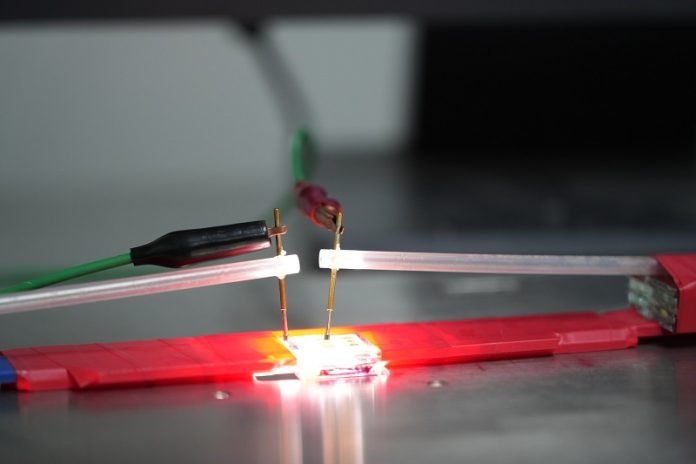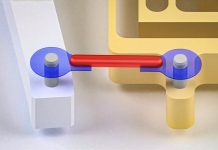
Recently, a team of scientists, led by Prof. Wang Mingtai from the Institute of Solid State Physics, has made a significant breakthrough in solar cell technology.
Their research, published in the journal Angewandte Chemie International Edition, introduces a novel approach to enhancing solar cell efficiency through a parallel planar heterojunction (PPHJ) strategy.
One of the primary obstacles in harnessing solar energy effectively is the lack of low-cost, efficient, and stable materials and devices for converting sunlight into electrical energy.
Typically, solar cells are built by stacking two independent planar heterojunction (PHJ) subcells in tandem.
However, this design requires an additional interfacial layer to recombine opposite charges from the top and bottom subcells, adding complexity to the material selection and device fabrication process.
The PPHJ Strategy: A Game-Changer in Solar Cell Design
To tackle this complexity, Prof. Chen Chong and his team introduced the PPHJ strategy.
This innovative approach utilizes the potential of antimony trisulfide (Sb2S3) as a photovoltaic absorber and involves creating solar cells with two types of conventional PHJ subcells connected in parallel.
While the Sb2S3-based PHJ subcells handle light absorption and charge generation, the CH3NH3PbI3-based PHJ subcells manage electron transport to the collection electrode.
Despite incorporating two types of subcells, the device fundamentally remains an Sb2S3 solar cell.
Achieving Record-Breaking Efficiency
The result of this new strategy is a significant boost in the efficiency of solution-processed Sb2S3 solar cells. Impressively, the team achieved an efficiency of 8.32%, setting a new record for Sb2S3 devices.
This leap in efficiency is attributed to the simplified preparation process that the PPHJ strategy allows.
By enabling the conventional sequential depositions of multiple PHJ layers, this approach eliminates the complexity usually associated with tandem and parallel tandem PHJ systems.
This breakthrough in solar cell technology is not just about achieving higher efficiency. It represents a step forward in the conceptual design of cost-effective and efficient partially or fully inorganic solar cells.
This development could significantly advance the field of solar energy, making it more accessible and practical for a wider range of applications.
The work of Prof. Wang Mingtai’s team opens up new possibilities in solar technology, potentially leading to more sustainable and affordable energy solutions in the future.
Follow us on Twitter for more articles about this topic.



